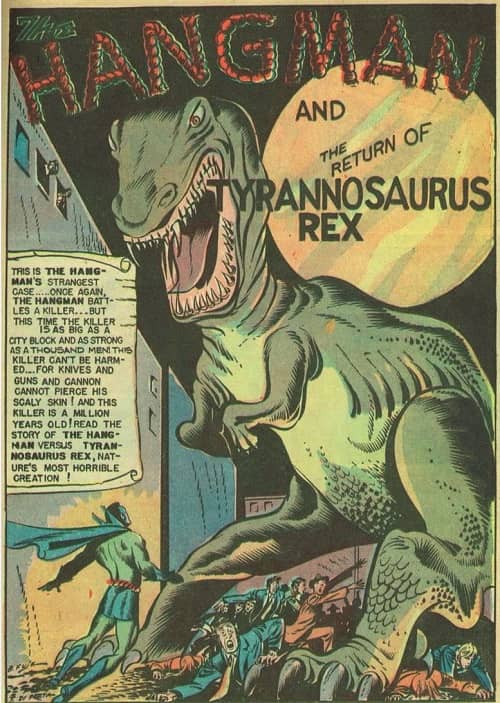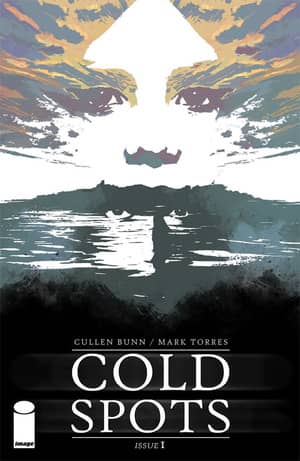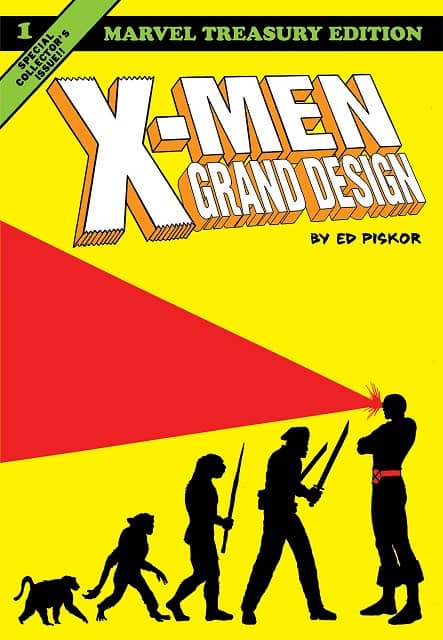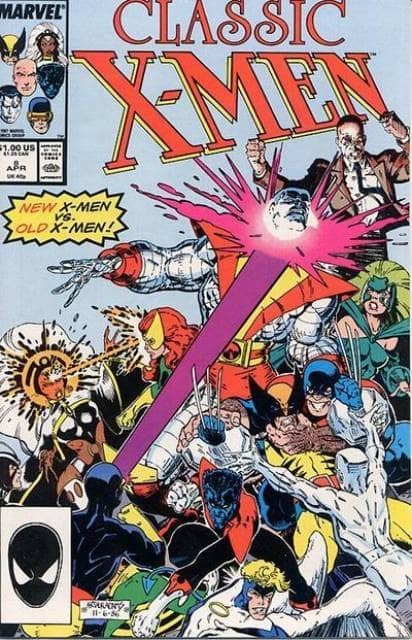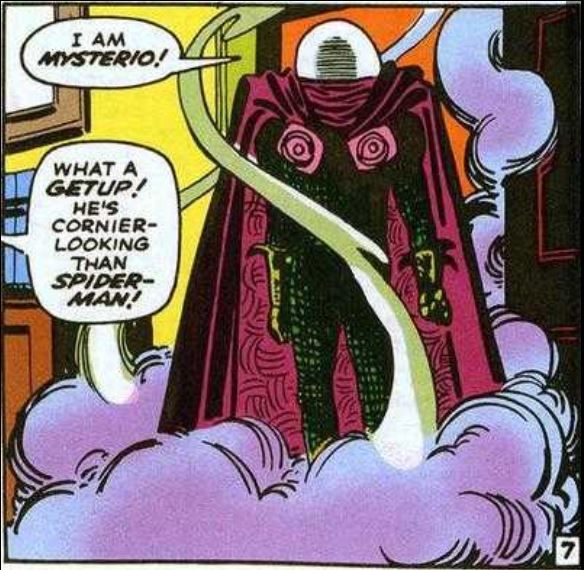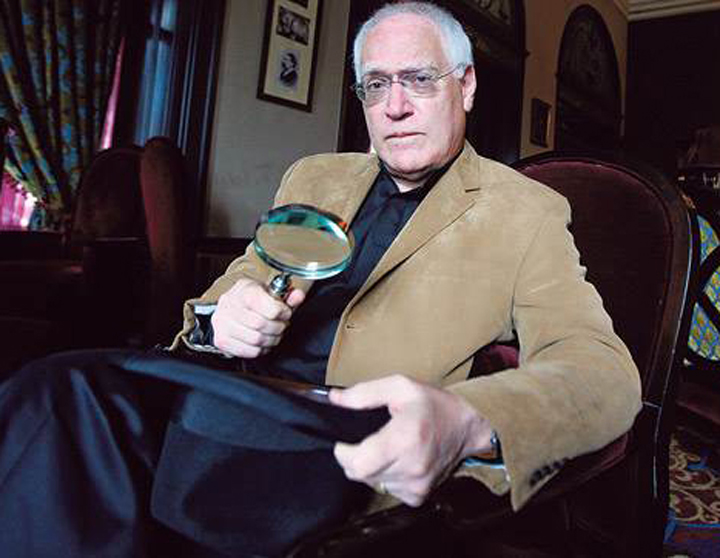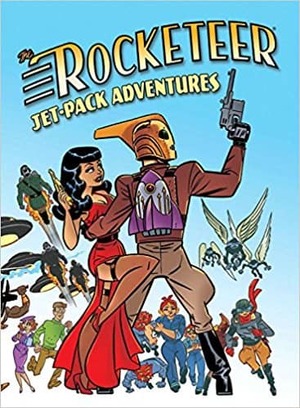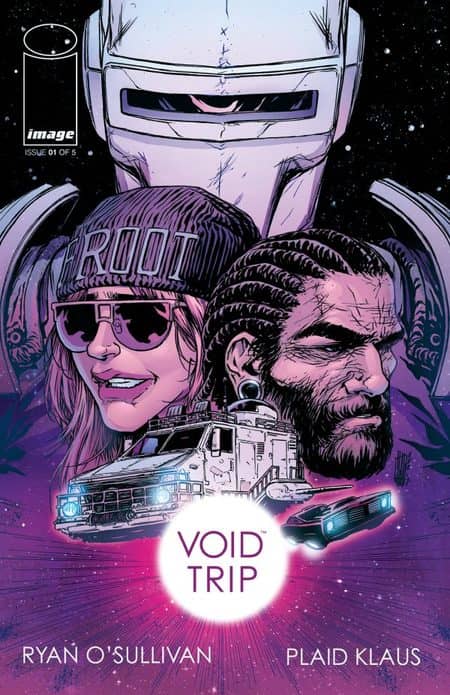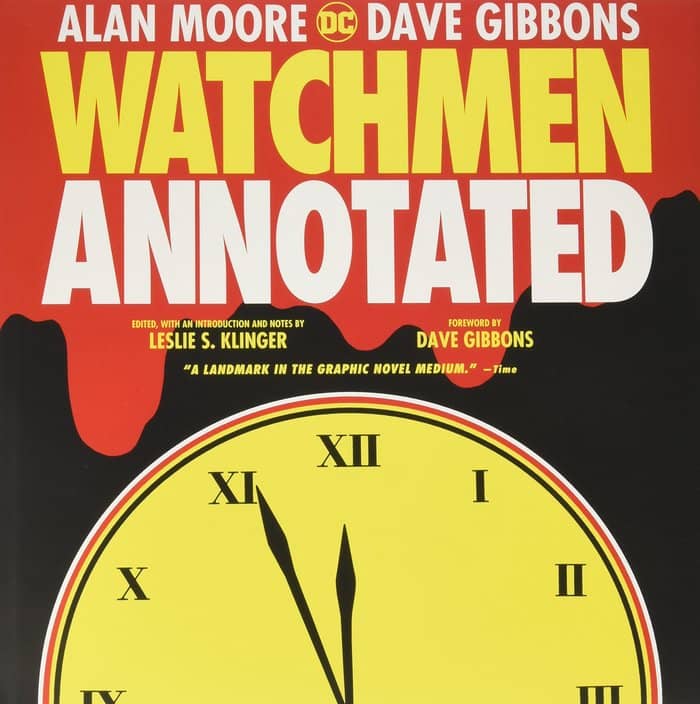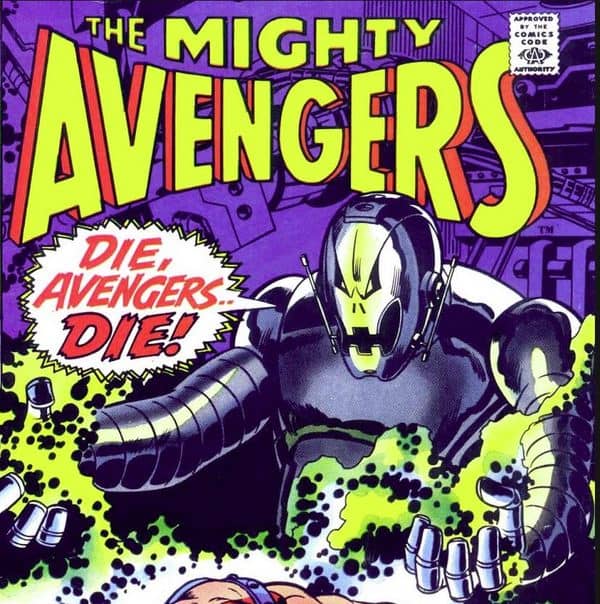Two, Count ‘Em, Two Nazi Robot T-Rexes
We’re back in the wild, ineffable chaos of the comic book in its infancy. Superman had debuted in 1938, an instant smash. The audience clearly wanted more Supermen, but what did that mean? The 1938 Superman barely resembles today’s omnipotent cosmic hero. He couldn’t fly, couldn’t see through objects, couldn’t move at super-speed, couldn’t freeze objects with his breath, couldn’t emit beams from his eyes, couldn’t survive in space. These gaping holes in his resume gave competitors openings to try to beat Superman at his own game.
Maurice Coyne, Louis Silberkleit, and John L. Goldwater, all veterans of the pulp magazine world though none was yet 40, yoked their first initials together to form MLJ Comics in 1939, launching four titles in four months: Blue Ribbon Comics, Top Notch Comics, Pep Comics, and Zip Comics, which would introduce Steel Sterling, the literal man of steel – a cyborg, though, not a robot. MLJ floundered at first. Blue Ribbon #1 started with Rang-A-Tang, the wonder dog, Dan Hastings, fighting the Mexidians on Mars, and Buck Stacey, young range detective.
